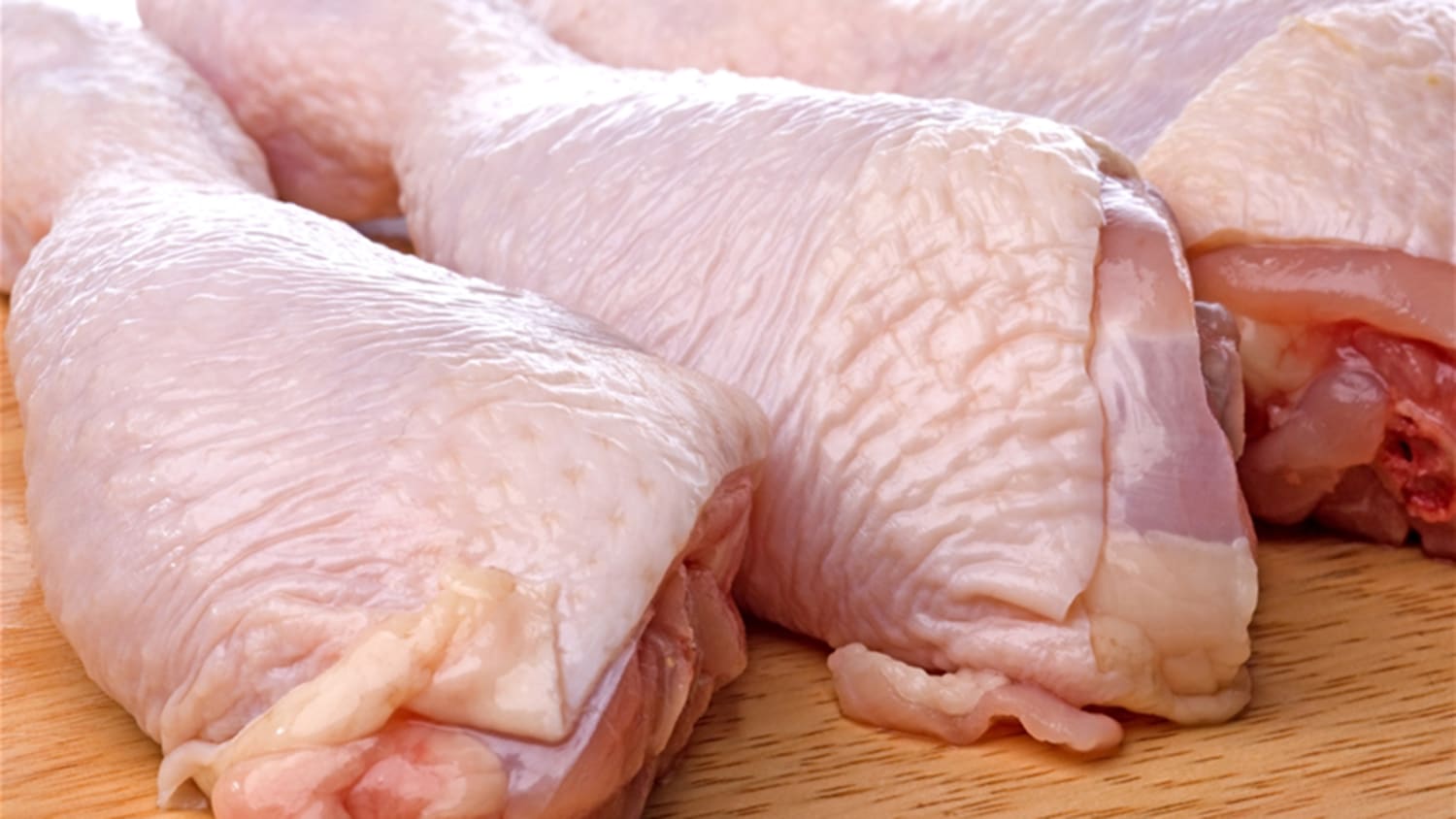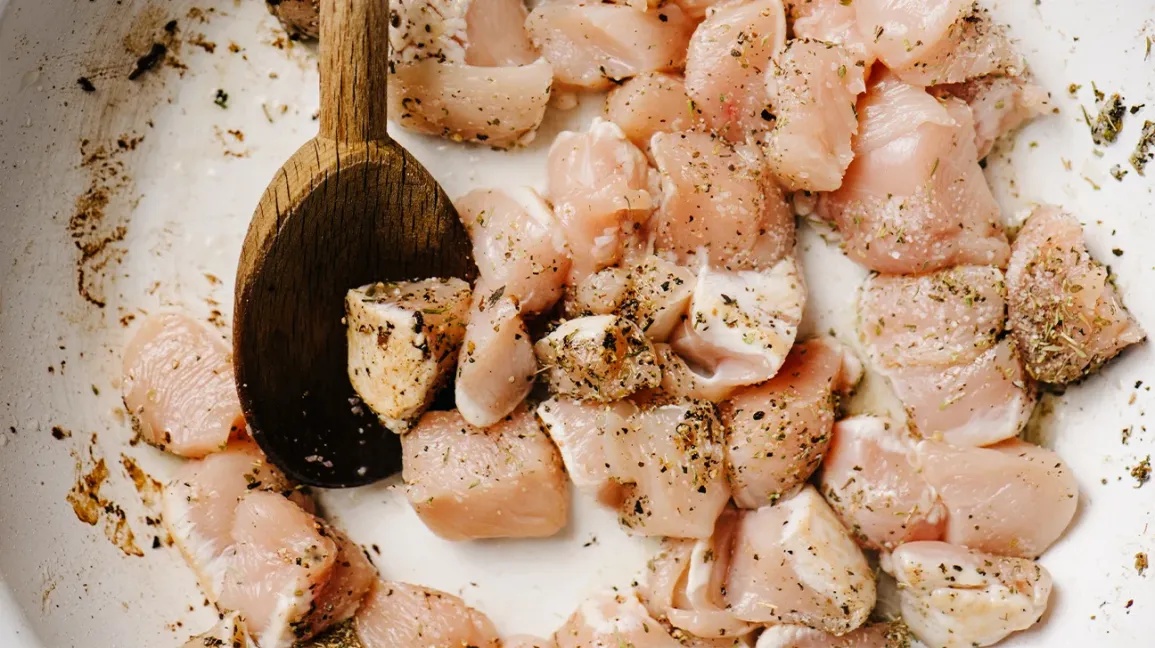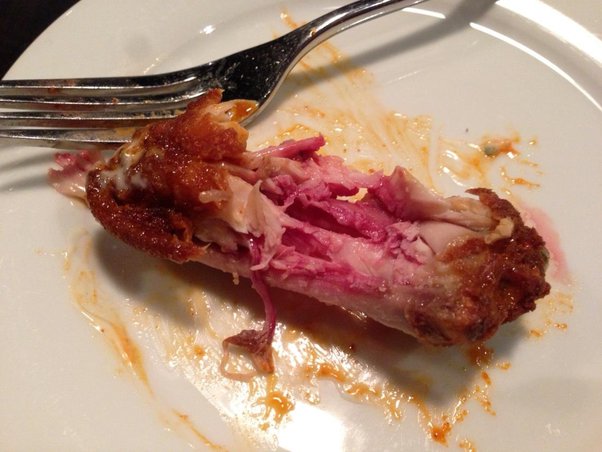Chicken is a great source of protein, B-complex vitamins, minerals such as iron, and other essential nutrients for the body. However, like any animal meat, it is susceptible to bacterial contamination and deterioration if it is not handled and stored in the right way.
It is common to have a chicken in the fridge and not be sure of whether it is suitable for consumption or not. Therefore, in this practical manual, you can learn to determine whether this protein is in good condition, based on aspects such as its smell, its color, or its texture.
What If I Eat Bad Chicken?
Each Spaniard consumes about 10.5 kilos of chicken a year in Spain, according to the latest Food Consumption Report. This makes it the most consumed type of meat, and the explanation is simple: in addition to being cheaper than beef or pork, it has a lot of nutrients.
The main components of chicken meat are water (70 percent), protein (20 percent), and fat (up to 10 percent), but also includes significant inputs of iron, zinc, selenium, phosphorus, magnesium, and vitamins from complexes A and B, as described by the Spanish Nutrition Foundation.
To ensure the nutritional quality of the chicken and enjoy its flavor, it is necessary to properly storage and manage the food. A damaged chicken may contain bacteria such as Salmonella, Clostridium perfringens, Campylobacter, E. coli, and more. Ingesting them can trigger food poisoning that includes vomiting, nausea, diarrhea, fever, and general discomfort.
Here Are 7 Signs That Chicken is Not Fresh
There are many ways to realize that chicken meat is not suitable for consumption. From the look to the smell, several signs indicate that it is better to rule it out, whether it comes from the supermarket or that it has been stored in your freezer. See, then seven hints that will give you the pattern that you should get rid of this food.
1. The smell
The smell is the first sign that you should be alerted that a piece of chicken is in bad condition. If you have an unpleasant smell, it means that there are bacteria that are proliferating in the meat, and that can pose a health risk if consumed.
An unpleasant smell can translate into a bitter or sour stench, in the smell of ammonia or sulfide; also any smell other than the characteristic natural and light aroma of chicken.
2. Date of expiry
Chicken is one of the foods you shouldn’t eat if they’ve already expired, especially if you have doubts about its freshness. Before you buy the chicken, make sure the expiration date is in place and there is still plenty of time to consume it before it expires.
On the other hand, many people wonder what happens if chicken wins while it is frozen. In that case, and if there is no indication of deterioration, it could be consumed even after its expiration date, as low temperatures act as a preservative.
3. Texture
The texture is another sign that tells us about the freshness of the chicken. If playing the piece feels elastic and firm, it’s in good condition. If, on the contrary, it is sticky, slippery, or has soft areas, it could be a sign that bacteria have begun to break down meat and is no longer safe for consumption.
4. Color

Fresh chicken, when raw, has a pink and fleshy color. If it’s opaque, it’s probably starting to spoil it. If it’s grey, it means it’s already deteriorated, and it’s better to rule it out.
It may also present yellow or dark spots; any of these signals should alert us, as it could be mold or bacteria.
5. Status of the packaging
It is common that when we buy chicken at the supermarket, we do not look in detail at the tray on which the piece comes. However, it is advisable to make sure that the food is tightly closed.
If the package is torn, it means it allows air and external pollutants to enter, which increases the risk of bacterial contamination.
6. Ice cape
One thing many people don’t know is that a thick layer of ice on a chicken can mean it’s no longer in good condition because it’s been frozen too long, or because it’s been frozen and re-froze several times. In any case, it informs us that it has been exposed to temperature fluctuations, which could compromise its quality and safety.
7. Sensation when cooking

The chicken may pass a visual inspection done by you, but you realize that something is not going well when cooking it or trying it.
For example, if when you’re cutting it you sense a strange smell, or if the texture of the meat feels strange in the mouth, it could mean the chicken was in bad shape. Trust your senses when cooking chicken and, if anything seems out of the ordinary, download it.
Follow These Tips for Properly Storing and Handling Chicken:
To ensure that the chicken we eat is in good condition, it is substantial that it is manipulated correctly from the beginning of the production chain. However, once you get home, there are also a few things we can do to ensure your freshness and safety.
1. Save the leftover chicken right
Raw chicken can be kept in the fridge for one to two days. Now, if you’ve cooked chicken and you want to keep the leftovers, the cooking can be kept in the fridge for about three or four days. Beyond that time, the risk of bacterial contamination increases.
When you store the leftover chicken, do it in a closed container airtightly, to prevent external contaminants from entering.
2. He freezes the chicken for up to nine months
Chicken can freeze for up to nine months, although the longer it spends the less nutritional value it will have. In terms of temperature, experts recommend that meats and birds be stored in the refrigerator at less than 4 degrees Celsius, as bacteria tend to grow slower below this temperature.
3. Don’t overheat the chicken
You should also keep in mind that chicken is one of the foods that should not be reheated if they have been stored for a long time. This could promote bacterial growth, as well as lose its quality and taste.
4. Don’t freeze the chicken again.
Once the chicken has been thawed, find it or decommission it. If you freeze it again, the nutritional value of food will be affected, but inactive bacteria could multiply again, increasing the risk of food poisoning.
5. Disinfect the area when you discard a bad chicken
If you’ve identified a piece of chicken in bad condition and want to get rid of it, do it safely to avoid contaminating the kitchen area where you cook other foods.
When handling the chicken, don’t touch it directly. Put the bad-detained piece in a plastic bag with an airtight closure to contain any drip or residue, and then dry it up in the trash safely. Then wash your hands well and don’t forget to disinfect any corner that has been in contact with the chicken.
What To Do If You Consume Chicken in Bad Condition?

If you have consumed chicken in poor condition and experience any symptoms such as vomiting, diarrhea, fever, or nausea, seek medical attention. Also, don’t forget to hydrate and rest to recover as soon as possible.
Finally, if the chicken has arrived in bad condition from some commercial establishment, it reports the incident to prevent other people from running the same fate.
As you can see, to realize the freshness of a chicken, is just an inspection of your senses. If you follow these tips, you can enjoy the taste and benefits of a safe chicken for consumption.
